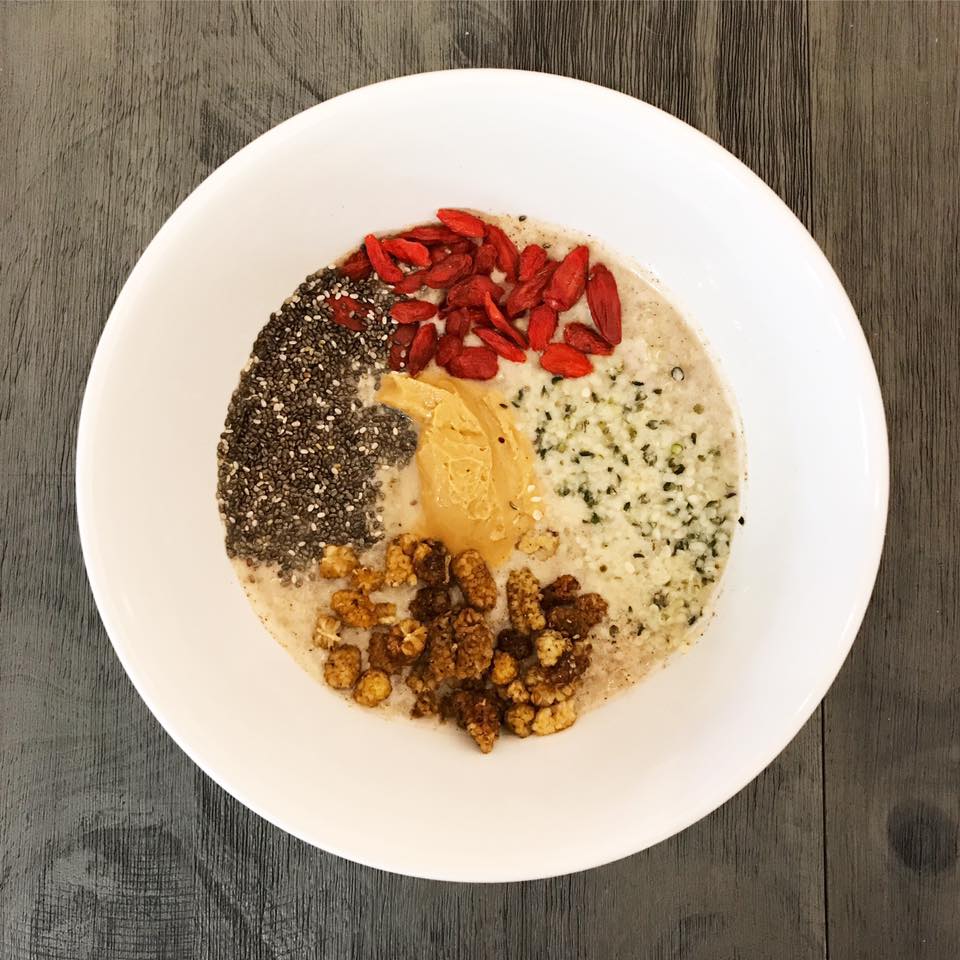We live in an age where society demands ultimate convenience along with an exceptional and memorable experience. What does this mean for our food? [PURE DISASTER! Just kidding… wellllll…] We’ve got lots of options that are ready to eat with as little effort on our part as possible [yay!] AND are packed with incredibly satisfying flavors [YASSS!]. But I think we all know intuitively that foods are suppose to be perishable, and that, in a lot of cases, foods having an extended shelf life is unnatural [whomp, whomppp]. Here’s the thing though… because this trend is fairly young - at least within the terms of the slow-moving, precise realm of academia - we’re still waiting on the proper amount of research that will allow us to fully understand how detrimental this transition in the food industry has been to our health. What we do know for sure is this: in recent decades, the rates of chronic diseases like diabetes, obesity, heart disease and cancer have increased dramatically - especially in children [yikes…]. This dramatic increase in our deteriorating health most definitely coincides with the amount of ultra-processed, highly preserved foods we now have access to.
Here’s the messed up part: as the food industry caught onto the fact that people were becoming self-conscious about the changes they were seeing in their bodies and their health, they saw it as an opportunity to create even MORE processed foods that they could market in a way that appealed to the insecurities and concerns of the consumers. But here’s the reality: processed is processed… in fact, making a food that naturally contains fat “fat-free”, or a food that naturally contains sugar “sugar-fee” requires even MORE processing to remove those things… and in my opinion the more processed something is, the less recognizable it becomes to our body, [I defend this opinion with more info below!]. So beware of labels like “diet”, “lite”, “low-fat/fat-free”, “sugar-free”, “artificial sweeteners”, “fortified with” and “made with”, which are intentionally misleading you to believe it’s healthier. It’s not.
We’re still waiting on adequate research on the topic, but those “healthier” options, on top of being chuck full of preservatives like all ultra-processed and packed foods, are also loaded with all kinds of human-made replacements for fat, sugar and other nutrients because foods become weird textures and taste like absolute crap when the naturally-occurring nutrients get removed [gag!]. So it begs the question: does our body even know how to properly digest and metabolize these human-made replacements? Again, research hasn’t completely caught up with the current state of our food industry to tell us for sure, but here’s something we do know: we as a society are currently OVER-consuming calories [obesity rates are at an all time high].... yet somehow we’re also experiencing deficiencies of essential nutrients at alarming rates. Here’s an early study that brought this issue to our attention.
Our meals and snacks should both fuel AND nourish our body. When we are over-fueling, [excess caloric-intake], and under-nourishing, [insufficient nutrient in-take], at the same time, that’s a major problem! [Oh, and I highly encourage everyone to watch this documentary that dives deep into this topic called Hungry For Change.] So what’s going on here?!?! Well, it’s some combination of the following: 1. too much of what we’re eating lacks adequate nutrients in the first place, and 2. our body isn’t recognizing and properly absorbing the nutrients and their imitators that are added to processed foods during production.
What do I hope you’ll take away from all this information? Treat your trips to the grocery store like you treat what you see on social media - with healthy skepticism [HAHAHA! ] - but really though… Focus on quality always. The less a food has been altered before you eat it, the better. The less time a food has sat on shelves before you eat it, the better. And just because it’s edible doesn’t mean your body will digest and metabolize it like it would real, whole foods.










